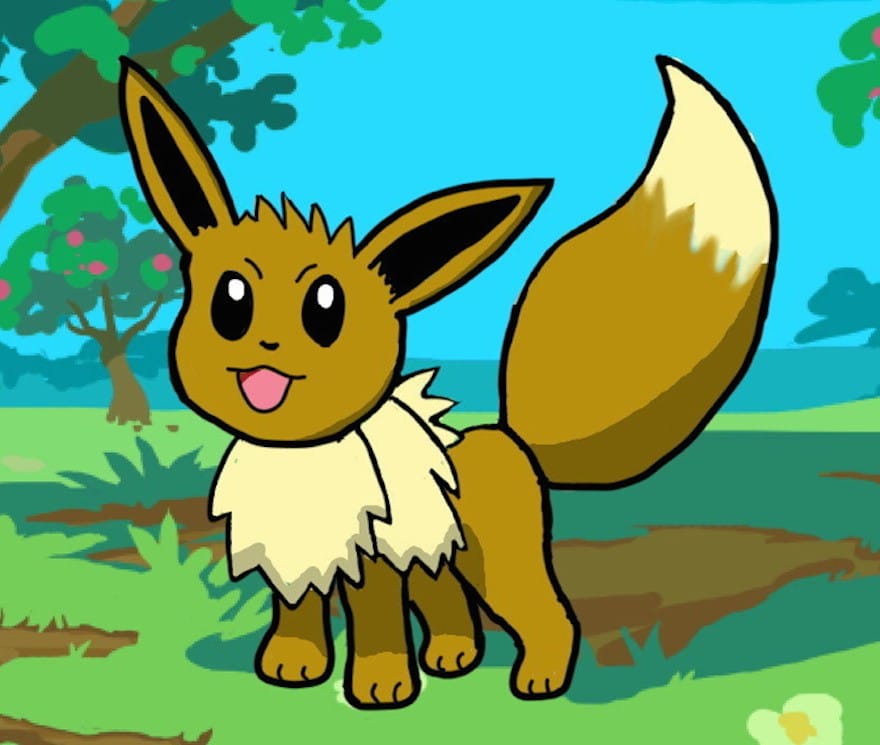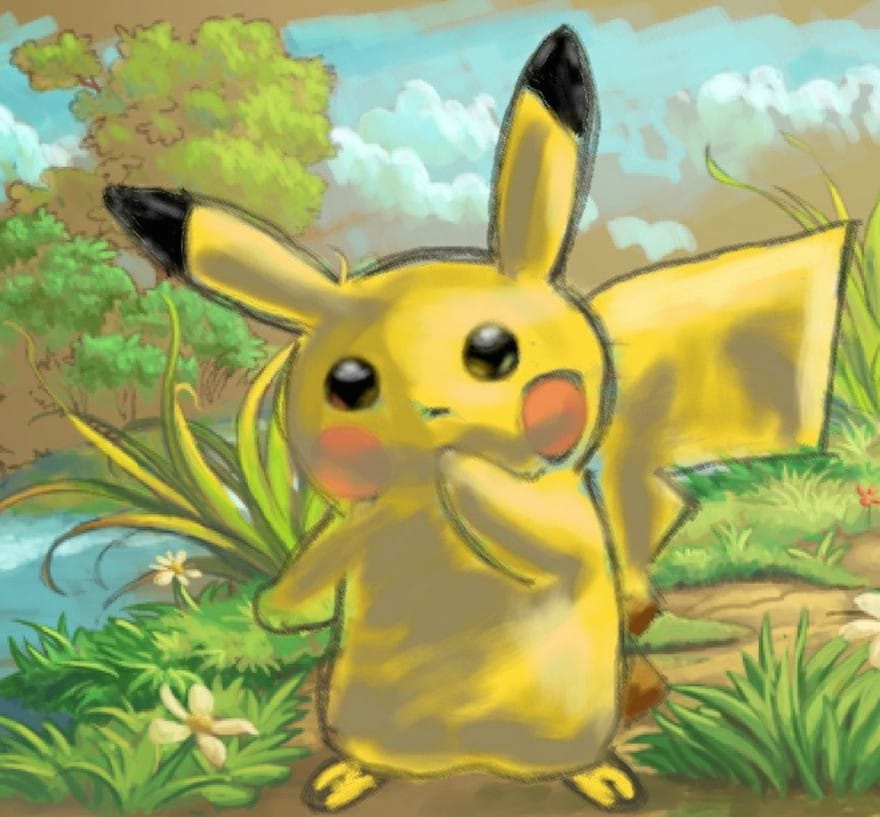The unexpected charms of Pokémon Art Academy

To the average viewer, Pokémon Art Academy is yet another cash-in on Game Freak’s 18-year-strong Pokémon experience, which has spilled into just about every corner of multimedia there is: videogames, television shows, manga, trading cards, toys, books. If Mario can be a plumber and a doctor and tennis-playing pro, why can’t Pikachu and friends be everything, too?
I was 7 when Pokémon entered my life, and my first experiences with it were that same kind of cash grab. In my elementary school years, I somehow ended up with at least two binders full of Pokémon cards, multiple game cartridges, two Game Boy Colors, and a Game Link cable—all proof of my growing addiction for cutesy monsters and the world they lived in. The cartoon about Ash Ketchum’s adventures in Kanto was my after-school religion.
While Nintendo no longer has a constant hand in my parents’ pocketbook (or my own), the gotta catch ’em all fever hasn’t left me in the last eighteen years. I no longer feel the need to play every new release, watch all the shows, or trade for rare holographic cards—and by now, I’ve lost count of what was once a stable number of 150 creatures—but the passion is still there.

Maybe it’s that every new Pokémon game repeats the same theme, the same basic adventure, that it’s managed to keep its appeal. Choose your first Pokémon, battle the gym leaders, prove you’re the ultimate master trainer, repeat ad nauseum. The classic monsters with uncomplicated names—Pikachu, Squirtle, Vulpix—are intermingling with the new, mega-evolved ones as though there’s no age gap. It’s hard to stamp out nostalgia when the traces of it won’t go away, but if doing so would mean making the series so new to me that it’s unrecognizable, I’m not sure I want it to change.
Pokémon Art Academy knows which buttons to push from the moment it asks, “Are you a boy or a girl?” It’s a question I’ve heard countless times. I may not be embarking on a quest to be a Pokémon master, but that’s OK with me. My purpose in playing has changed over the years anyway. The adult me is happy to settle for the runner-up rank of “Pokémon artist”—and not so much master as amateur. Responsibilities killed the carefree days of running around my backyard or sitting still, dreaming of catching creatures in tall grass or collecting gym badges. While my child self may have aspired to mastery in earnest, I’m content to dabble and enjoy the view.
Instead of Tackle and Sand Attack, we use pastels and pens.
Joining my artistic journey is Lee, my rival of the opposite gender, and the good-natured Professor Andy, our expert on all things illustrative. As he imparts his wisdom about the creatures we’re drawing and the best techniques with which to do so, we learn the Eight Rules of Drawing Pokémon and advance from novice to apprentice to graduate. Instead of Tackle and Sand Attack, we use pastels, markers, and pens.
Pokémon used to be about studying with a tenacity rarely showed in school. As a kid, I took my copy of The Official Pokémon Handbook, a cheap Scholastic paperback that indexed the original 150 characters, and memorized their heights, weights, and starting moves. I tested on myself on what level Bulbasaur evolved into Ivysaur, and when Ivysaur became Venusaur. In Red and Yellow, I took notes from the tips someone scrawled in chalk on the blackboards of the trainer schools. I charted out elemental weakness and strengths and filled up my Pokédex.

Pokémon Art Academy—its very name a call to my attention—still carries forward that commitment, whether you pursue excellence or not, but developer Headstrong Games also remembers to add the charm that made Pokémon so irresistible back in 1996: a total acceptance of everyone, no matter their background or talent. It never mattered whether you were the popular kid or the loner, athletic or shy. Pokémon was the great equalizer. We all had the potential to become the greatest trainer in the world. It didn’t matter what our grades were in school, or whether we came from poor families. We could all acquire the bicycle even when it cost more than our in-game wallets would allow. We could all defeat the Elite Four. Here, we can all replicate an advanced illustration of Charizard even if we can’t normally draw a decent stick figure.
It’s a quick dose of self-esteem to pre-teens and adolescents who may need it, and it’s comfort food to the rest of us. I might not be the greatest artist, but I don’t need to be. And unlike Lee, at least I can color inside the lines.



